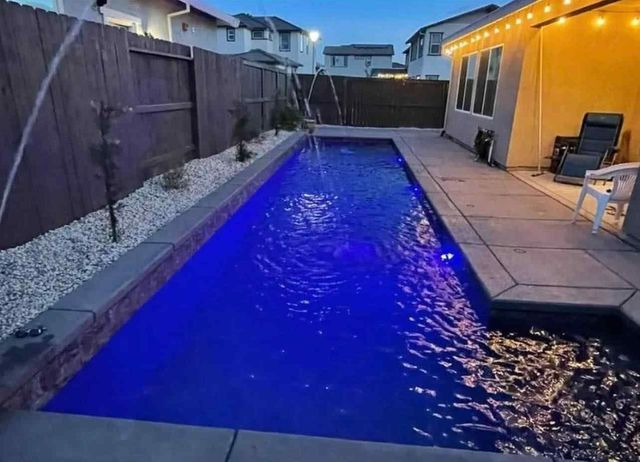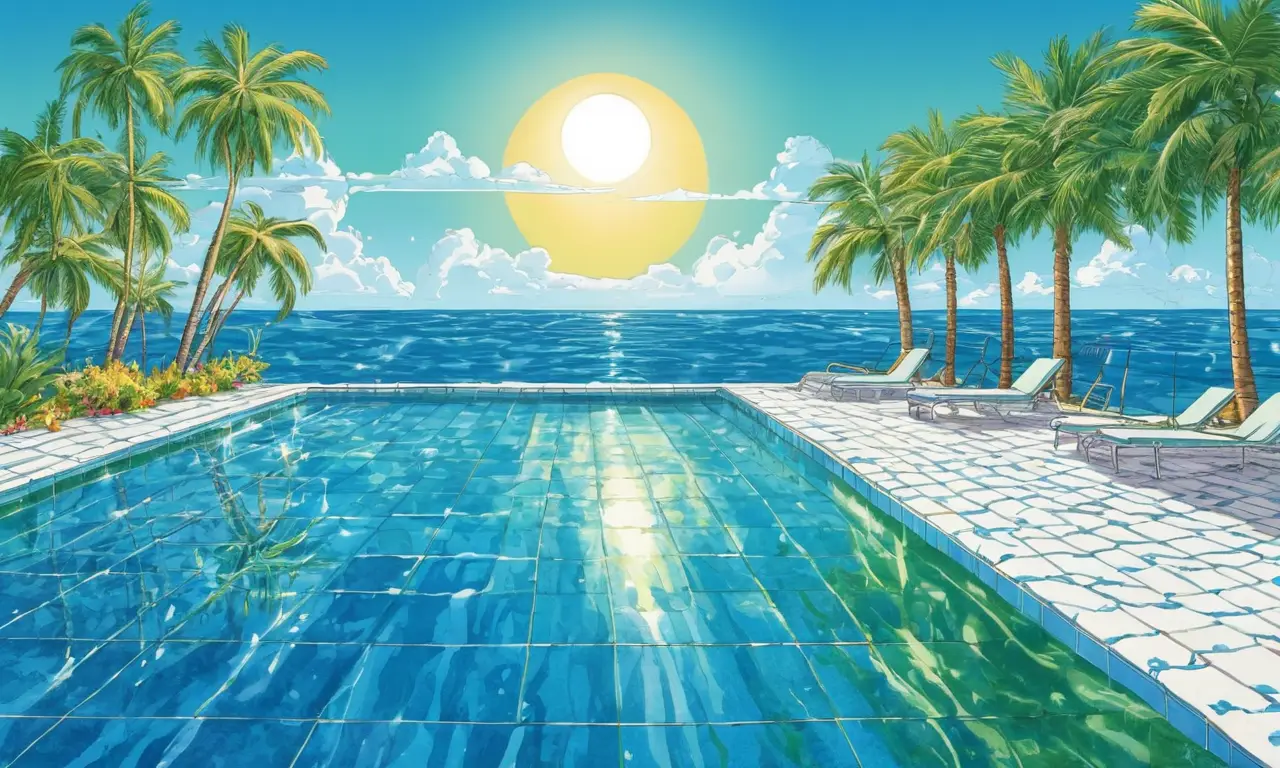
Have you ever wondered why swimming pools always seem to be a brilliant shade of blue? It’s not just a matter of aesthetics; the color is actually a result of fascinating scientific principles at play. This article will delve into the reasons behind the captivating blue hue of pools, exploring the interplay of light, water molecules, and chemical composition.
This exploration will begin by examining the fundamental concept of how water interacts with light. We’ll then break down the specific wavelengths of light involved and how they are absorbed and reflected by water molecules. Finally, we’ll discuss the role of pool water chemistry in influencing the perceived color.
Why Are Swimming Pools Blue?
The vibrant blue color of swimming pools is a captivating sight, often associated with summer fun and relaxation. But have you ever stopped to consider why pools consistently appear this shade of blue? The answer lies in the intricate relationship between light, water, and our perception of color.
While it might seem intuitive that pool water itself is inherently blue, the reality is more complex. Pure water is actually colorless. The blue hue we observe is a result of how water interacts with sunlight.
Light Absorption and Reflection

Light is composed of various wavelengths, each corresponding to a different color. When light passes through water, it undergoes a process called absorption and reflection. Water molecules are particularly adept at absorbing longer wavelengths of light, such as reds, oranges, and yellows. These colors are effectively “soaked up” by the water, leaving shorter wavelengths like blues and greens to be scattered and reflected back to our eyes.
This selective absorption is what gives swimming pools their characteristic blue appearance. The water absorbs the warmer colors, allowing the cooler blues and greens to dominate the light that reaches our vision.
Wavelengths of Light
The visible light spectrum encompasses a wide range of wavelengths, each corresponding to a different color. Red has the longest wavelength, while violet has the shortest.
Water molecules are more efficient at absorbing longer wavelengths. This means that as sunlight passes through water, reds and oranges are absorbed first, followed by yellows and greens. By the time blue and green light reach our eyes, most of the other colors have been absorbed.
Blue Light Scattering

The remaining blue and green light undergoes a phenomenon called scattering. As light waves interact with water molecules, they are deflected in various directions. This scattering effect is responsible for the vibrant blue color we see in pools.
Blue light, having a shorter wavelength, scatters more effectively than other colors. This means that even small amounts of blue light can be scattered throughout the pool, creating a uniform and intense blue appearance.
Pool Water Chemistry
While light absorption and scattering are the primary factors influencing pool color, water chemistry also plays a role. The presence of certain chemicals, such as chlorine or algaecides, can slightly alter the way water absorbs and reflects light.
For example, high levels of chlorine can sometimes give pools a greenish tint. However, these chemical effects are generally subtle compared to the impact of light interaction.
Conclusion
The captivating blue hue of swimming pools is a testament to the fascinating interplay between light, water, and our perception of color. Water’s selective absorption of longer wavelengths and the scattering of blue light create the vibrant blue spectacle we enjoy. While pool water chemistry can subtly influence color, the primary reason behind the blue appearance lies in the scientific principles governing light interaction with water molecules.
